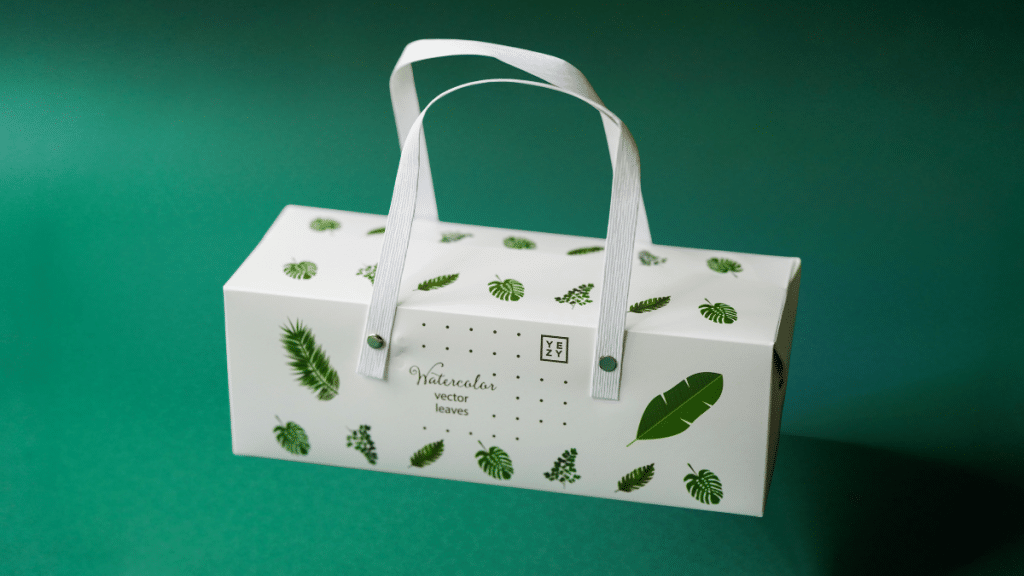I’m not necessarily proud of it, but I’ve absolutely judged a product by its packaging, and so have you. Many times. The strange thing is, I’ve done it even when I knew better.
I’d be standing in a store aisle or scrolling through a site, fully aware that the actual contents inside two different jars or bags were probably nearly identical, and still I’d go for the one with the cooler label or the embossed finish.
The truth is, packaging has become a proxy for trust, and trust is everything, especially in industries where quality is subjective. That’s why I’ve found myself diving deeper into what good packaging really does, especially in niche markets like, say, premium weed packaging.
More Than Just a Label
The first time I noticed that packaging had a profound impact on my shopping decisions was with olive oil. It turns out a lot of the stuff labeled “extra virgin” isn’t even close, which messed with my head so much I stopped trusting every bottle on the store shelf.
So, I went out and found a boutique brand that swore by their cold press, had batch numbers on the bottle, and used this ultra-sturdy dark glass to keep the oil fresh. It cost three times what I was used to paying. But the packaging alone convinced me it was the real deal.
This is what packaging does when it’s done right. It creates an emotional shortcut between our eyes and our judgment center, showing that someone cared enough to get things right.
Your Brain on Packaging
I got curious and looked up the science behind all this. There’s actually a term for what I was experiencing called “sensation transference.” Essentially, when we perceive a package as high-quality, we assume the product inside is also of high quality. This happens automatically, even if the two things aren’t logically connected.
There’s even research showing that people rate the taste of products higher when they come in packaging that feels premium. Thicker materials, elegant typography, and tactile finishes all light up the brain’s pleasure centers. It’s a psychological halo effect, and it works frighteningly well.
Nowhere is this more obvious than in emerging or highly scrutinized industries like craft spirits, boutique skincare, and cannabis. In these spaces, trust must be earned quickly with no household brand name to fall back on. So, packaging becomes the stand-in for credibility, safety, and value.
This piece on packaging as a brand identity highlights how thoughtful design elements, from color to typography, can elevate perception and reinforce your brand’s core message.
That’s where premium packaging becomes the difference between looking like a guy selling stuff out of a trunk and a serious brand that people will tell their friends about. It communicates freshness, consistency, and professionalism at a glance.
Experience vs. Expectations
Disappointing packaging, on the other hand, can completely kill the vibe. A friend once gave me a vape cartridge from a supposedly top-tier brand. The oil itself was good, I think, but the packaging was flimsy, the label was crooked, and the box didn’t close properly.
It made the whole thing feel sketchy, which has its own sort of nostalgic appeal, I guess, but it wasn’t what I was looking for at the time.
Compare that to another product I tried later that came in a sealed, child-resistant, slide-open box with a magnetic flap and spot UV gloss. Before I even opened it, I already liked it more. And that’s the power of presentation.
While we’re on the subject of cannabis packaging, some of the best designs I’ve seen also manage to be eco-conscious while still feeling luxurious. Recyclable tins with etched branding, molded pulp trays with custom cutouts, and compostable wraps with clean graphics. When done right, sustainability can actually reinforce the premium feel, especially in this sphere.
Today, luxury is more about values, thoughtfulness, and intentionality. That’s the new premium, and the brands that get that build loyalty in a fickle market.
It’s Not Superficial if It Works
I used to roll my eyes at people who obsessed over unboxing experiences, but now I get it. Packaging isn’t just a wrapper. It’s a handshake and a promise of a certain “vibe.”
Whether you’re launching a new brand or just trying to build one people will remember, the way you present it matters more than you probably think. In a world where attention is currency, good packaging means meeting people where their instincts live.
So yeah, I’ll still judge a product by its packaging. But at least now I know why.
